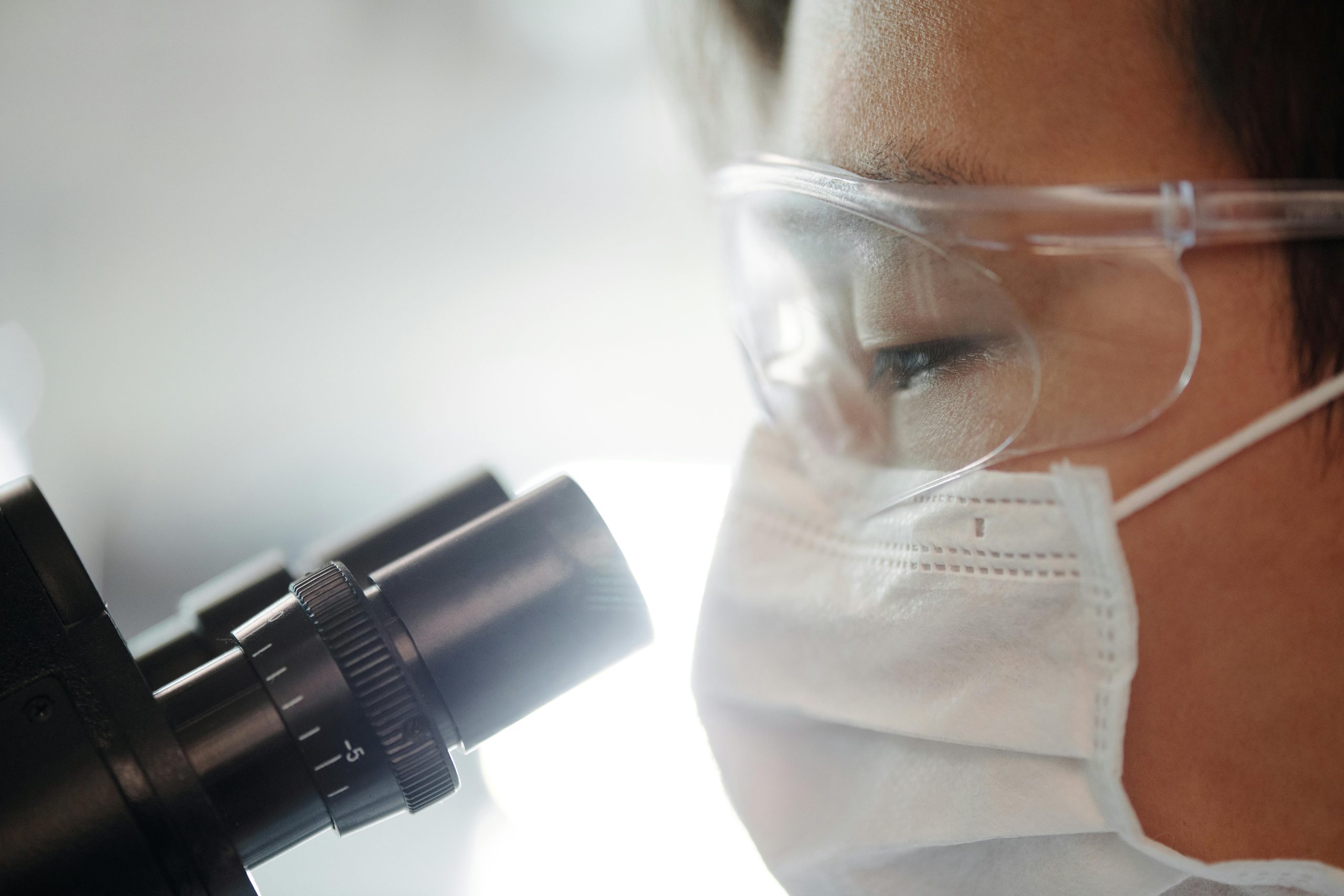The healthcare industry is undergoing a seismic shift, thanks to the rapid advancements in the Internet of Things (IoT). By connecting medical devices and diagnostic tools to the internet, IoT is enabling real-time data collection, remote monitoring, and predictive analytics—transforming how healthcare providers deliver care and how patients manage their health. From wearable devices to smart hospital equipment, IoT is revolutionizing medical diagnostics and treatment, making healthcare more efficient, personalized, and accessible than ever before.
Enhancing Patient Monitoring with Wearable IoT Devices
One of the most visible impacts of IoT in healthcare is the rise of wearable medical devices. These gadgets, such as smartwatches, fitness trackers, and specialized medical wearables, continuously monitor vital signs like heart rate, blood pressure, glucose levels, and oxygen saturation. Unlike traditional monitoring methods, which often require in-person visits, IoT-enabled wearables provide real-time data to both patients and healthcare providers.
Key benefits of wearable IoT devices include:
- Continuous Monitoring: Patients with chronic conditions like diabetes or hypertension can be monitored 24/7, reducing the risk of complications.
- Early Detection: Abnormalities in vital signs can trigger alerts, allowing for timely medical intervention.
- Remote Care: Elderly or homebound patients can receive high-quality care without frequent hospital visits.
For example, IoT-enabled ECG monitors can detect irregular heart rhythms and transmit data directly to cardiologists, enabling faster diagnosis and treatment of conditions like atrial fibrillation.
Smart Medical Equipment in Hospitals
Hospitals are increasingly adopting IoT-connected medical equipment to improve operational efficiency and patient outcomes. From infusion pumps to MRI machines, smart devices are streamlining workflows and reducing human error.
Examples of IoT in hospital equipment:
- Smart Infusion Pumps: These devices adjust medication dosages automatically based on patient needs and alert staff to potential errors.
- Connected Imaging Systems: IoT-enabled MRI and CT scanners can share diagnostic images instantly with specialists worldwide, speeding up consultations.
- Asset Tracking: Hospitals use IoT to track the location and status of critical equipment, reducing downtime and improving resource allocation.
By integrating IoT into medical equipment, hospitals can enhance precision, reduce waste, and ensure that healthcare professionals have the tools they need when they need them.
IoT and Advanced Diagnostics
Diagnostics is another area where IoT is making a profound impact. Traditional diagnostic processes often involve delays due to manual data entry and lab processing. IoT-enabled diagnostic tools automate data collection and analysis, delivering faster and more accurate results.
How IoT is improving diagnostics:
- Real-Time Lab Results: IoT-connected lab equipment can transmit test results to electronic health records (EHRs) instantly, reducing wait times.
- AI-Powered Analysis: Combined with artificial intelligence, IoT devices can identify patterns in diagnostic data that might be missed by human eyes.
- Telepathology: Pathologists can examine tissue samples remotely using IoT-enabled microscopes, improving access to expert opinions.
For instance, IoT-based glucose monitors for diabetics not only track blood sugar levels but also predict trends, helping patients and doctors adjust treatment plans proactively.
Challenges and Considerations in IoT Healthcare Adoption
While IoT offers immense potential, its adoption in healthcare is not without challenges. Security, interoperability, and regulatory compliance are critical concerns that must be addressed to ensure the safe and effective use of IoT in medical settings.
Key challenges include:
- Data Security: Protecting sensitive patient data from cyber threats is paramount, requiring robust encryption and authentication measures.
- Device Compatibility: Ensuring that IoT devices from different manufacturers can communicate seamlessly is essential for integrated care.
- Regulatory Hurdles: Medical IoT devices must comply with strict regulations like HIPAA and FDA guidelines, which can slow deployment.
Despite these hurdles, the benefits of IoT in healthcare far outweigh the risks, and ongoing advancements in technology and policy are paving the way for wider adoption.
The Future of IoT in Healthcare
The integration of IoT into medical equipment and diagnostics is just the beginning. As technology evolves, we can expect even more groundbreaking innovations, such as:
- Predictive Healthcare: IoT devices will use machine learning to predict health issues before symptoms appear, enabling preventive care.
- Personalized Medicine: Real-time data from IoT devices will allow treatments to be tailored to individual patients’ needs.
- Global Health Monitoring: IoT could enable large-scale disease tracking and outbreak prevention by aggregating data from millions of devices.
The future of healthcare is undeniably connected, and IoT is at the heart of this transformation.
Conclusion
IoT is revolutionizing healthcare by making medical equipment smarter and diagnostics more efficient. From wearable devices that monitor chronic conditions to AI-powered diagnostic tools, IoT is enhancing patient care, reducing costs, and improving outcomes. While challenges like data security and regulatory compliance remain, the potential of IoT in healthcare is limitless. As technology continues to advance, the marriage of IoT and medicine will undoubtedly lead to a healthier, more connected world.
